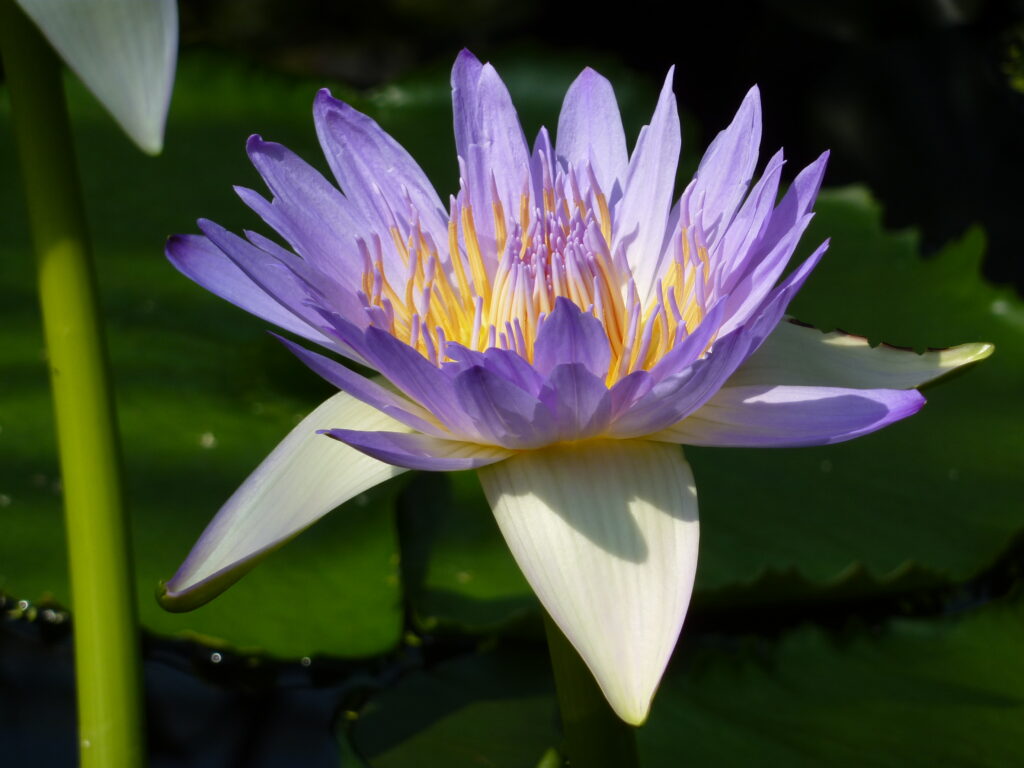Introduction
Nymphaea caerulea, also known as the Blue Lotus, has long fascinated plant enthusiasts. With its vibrant blue petals and intoxicating scent, it stands as a symbol of beauty, mystery, and spirituality.
Historical Significance in Ancient Egypt
In ancient Egyptian culture, the Blue Lotus held a revered position. Hieroglyphics and art frequently depicted it, representing rebirth and the sun. Religious rituals and ceremonies often incorporated this flower, making it an integral part of their spiritual practices.
Natural Habitat and Distribution
The Blue Lotus thrives in calm freshwater bodies and loves full sunlight. It naturally grows in the Nile and parts of East Africa.
Cultivating the Blue Lotus
If you’re thinking of adding this beauty to your garden, our guide on starting a flower garden can be invaluable. The Blue Lotus requires a specific pH level and nutrient balance. Regular pruning and fertilization ensure its vibrant bloom.
Medicinal and Aromatic Uses
Beyond its aesthetic appeal, the Blue Lotus offers numerous benefits. Many believe it has a calming effect, and ancient civilizations used it as a sleep aid and anxiety reliever. Its unique and pleasant aroma also finds its way into perfumes.
Incorporating in Garden Designs
In any water garden, the Blue Lotus can serve as a centerpiece. Its blue contrasts beautifully with green foliage and other aquatic plants. If you aim for a diverse garden, our guide on designing a flower and vegetable garden can offer insights.
Propagation Techniques
Propagating the Blue Lotus can be a rewarding experience. You can sow seeds in aquatic soil, and with the right conditions, sprouts will appear in a few weeks. If you’re keen on a hands-on approach, our guide on creating a cut flower garden can be beneficial.
Cultural Impact Across Civilizations
Across many cultures, the Blue Lotus symbolizes purity, enlightenment, and rebirth. Its presence in art, literature, and religious texts highlights its universal appeal and significance.
Challenges in Cultivation
Growing the Blue Lotus comes with its set of challenges. Pests, inadequate sunlight, and imbalanced water conditions can affect its growth. However, with proper care and attention, you can easily overcome these challenges and enjoy its beauty.
Conclusion
In conclusion, the Blue Lotus offers more than just visual beauty. Its rich history, myriad benefits, and cultural significance make it a garden gem. Whether you’re turning your lawn into a wildflower meadow or designing a garden for fresh bouquets, the Blue Lotus will always stand out and captivate.

